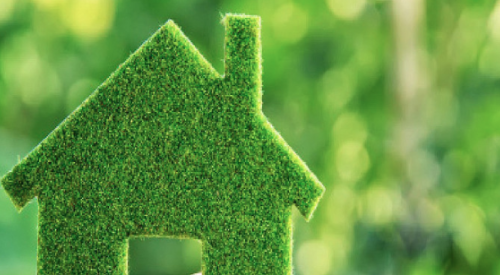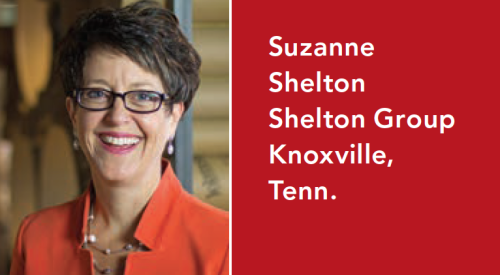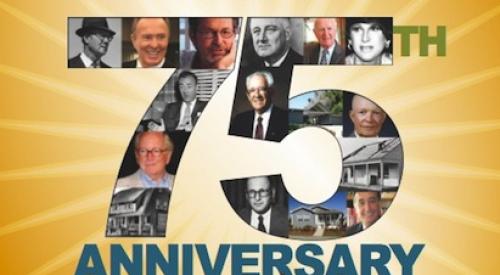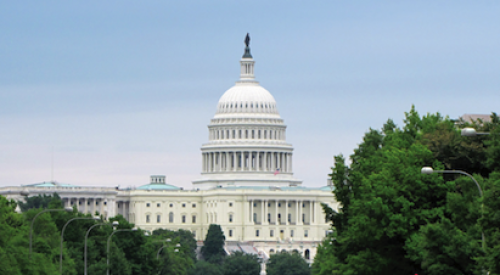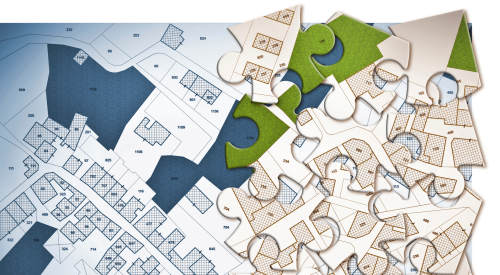In a recent edition of Nation’s Building News, articles on resource-efficient construction started on the top of the first page. Fannie Mae, the largest secondary home mortgage lender in the country, has a green mortgage trial program with pilots in six cities across the United States. The University of Florida’s Energy Extension Service is conducting education seminars titled "High-Efficiency Housing" to some standing-room only sessions across the state. These are not exactly fringe folks beating the green drum.
At the heart of this turn-of-the century phenomenon are two axioms. First, in good times, more people from all walks of life feel the luxury to extend their view of progress and good fortune from their wallets to their world. At the height of the strongest and longest economic expansion that this country has experienced in a generation, many--including builders, buyers, and bankers--have added the environment to their high priority list.
Second, the more perfect your information, the more perfect your selections. The more that builders, buyers and bankers connect value to resource-efficient design, construction, and home operation, the greater the demand for homes that deliver these qualities. There has been a virtual explosion in the media and on the Internet of resources relating to home building. This is particularly true for those demonstrating the link between green building techniques, technologies, and materials and lower operating costs, reduced maintenance, and improved indoor and outdoor environmental quality. This explosion also exerts continuing pressure on the building science community to provide everyone with more exacting information on the complex issues of green building.
Builders are often assigned the lion’s share of the responsibility for how slowly the product and process of home building change. In fact, the desire for stability and security among home buyers and lenders is just as determinate. If the interests of forward-looking buyers and lenders join the growing number of partnerships between the building community, environmental groups, and government agencies, there may be the critical mass required to move green building from the margins and into the stronger and swifter current of the mainstream home market.
We at the NAHB Research Center took a giant step in this effort when we organized and sponsored the first National Green Building Conference with Professional Builder and the NAHB. The three-day conference was a remarkable success--both in content and in the sense of community created among those in attendance. Builders, bankers and suppliers came together and learned that green building isn’t for those on the fringe. Rather, it is the builders who practice green building, the bankers who finance it and the customers who buy these homes that can rightfully claim the label "environmentalist" in the future.
Stay tuned. Planned is an even bigger and better Green Building Conference back in Denver, April 5-7, 2000. Don’t ask yourself if you have the time to go. Ask yourself if you can afford to miss out on where our industry is headed. n Peter Yost is the Director of the Resource and Environmental Analysis Division of the NAHB Research Center.
